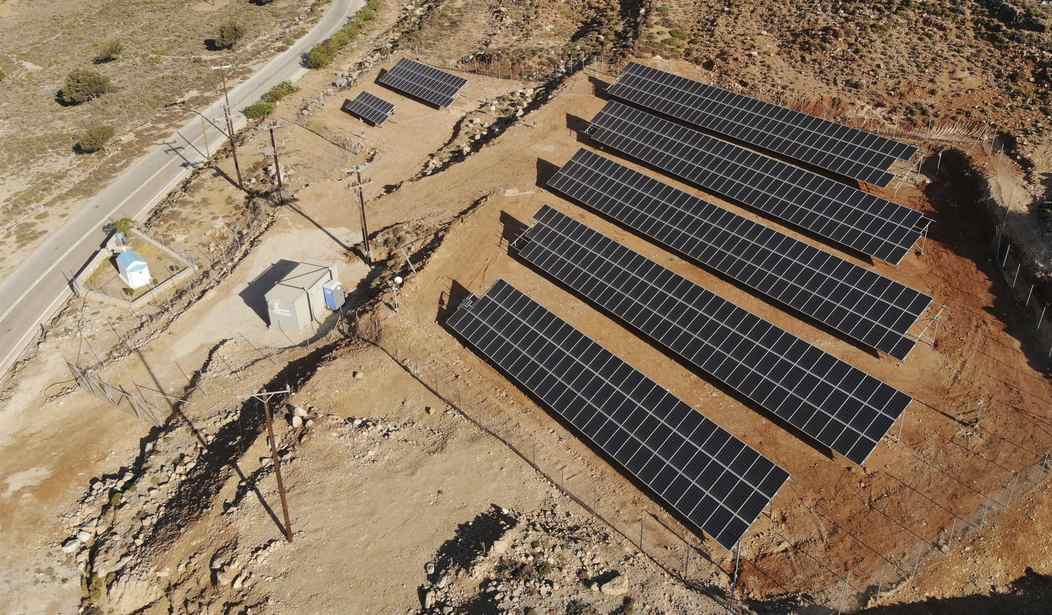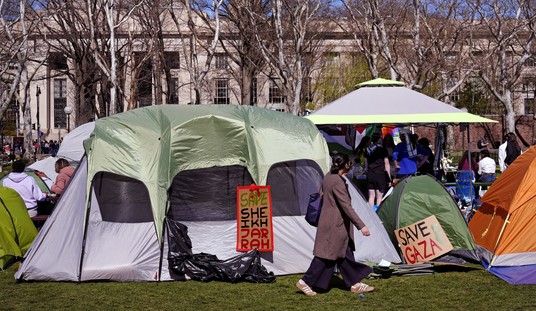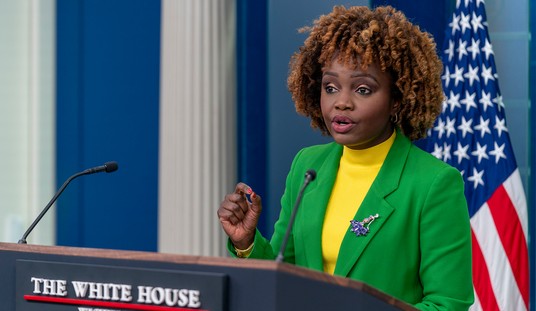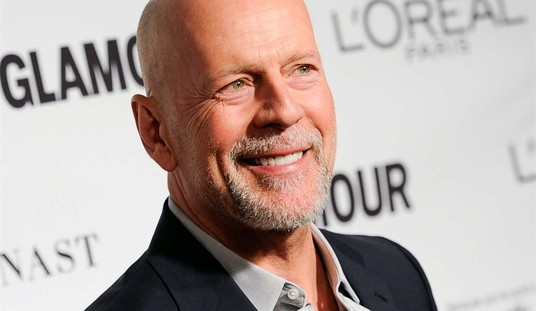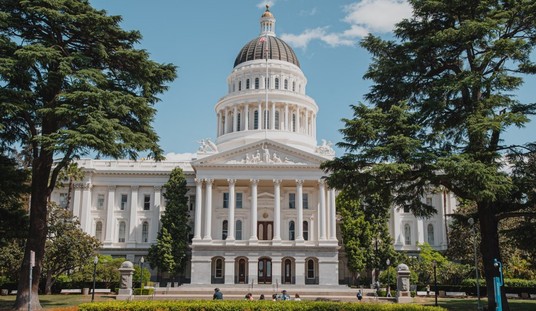There are places where alternative energy sources make a lot of sense. Here in the Great Land of Alaska, a fair number of people live off the grid. Some friends of ours, a young couple with two small boys, live at the end of a side road past the furthest extent of the power lines; they rely on solar panels, batteries, and a diesel generator for electricity. That makes sense - for them. They are living where they want to live, raising their boys to be strong and independent, and dealing with the inconveniences of that chosen lifestyle without expecting anyone else to pick up the tab.
Those are, however, extreme cases; for almost everyone in the United States, the traditional grid with electricity generated by natural gas, coal, or nuclear plants works well enough. They work well enough, in fact, that counties and municipalities in the United States are increasingly blocking inefficient (and ugly) industrial-scale wind and solar plants.
The U.S. has set a goal to reach 100% clean energy by 2035, but a nationwide analysis by USA TODAY shows that achieving it is increasingly unlikely – local governments are banning green power faster than they’re building it.
At least 15% of counties in the U.S. have effectively halted new utility-scale wind, solar, or both, USA TODAY found. These are not the solar panels you might have on your house but installations significant enough to replace power plants, each one powering tens of thousands of homes.
The limits come in the form of outright bans, moratoriums, construction impediments and other conditions that make green energy difficult to build.
One wonders how many of these objections are due to political concerns or concerns about the efficiency and cost of these plants vs. just plain good old NIMBYism; one of the earliest examples of this had to do with the Kennedy clan and the Kochs objecting to an off-shore wind farm that would have ruined their views.
Be that as it may, both solar plants and the even uglier wind plants are increasingly being kicked to the curb.
See Related: Low Energy, High Cost: The American Revolt Against Wind Power
Biden's Green Energy Push Operates in the Red as EV Marketplace Is Running on Fumes
According to the USA Today article, the number of counties blocking solar installations is equal to the number approving them; for wind power, more counties are barring them than approving the bird-killing windmills.
USA TODAY's analysis, backed by energy and academic experts, gauges which counties have effectively blocked or impeded new utility-scale wind and solar power. The findings reveal that 2023 was the first time the number of counties curtailing new solar installations was almost equal to the number of counties adding their first solar farm.
For wind energy, the blocks are even more significant. While 183 counties got their first commercial wind-power project in the past decade, nearly 375 counties blocked new wind development in the same period.
Whatever the reason for this, whether it be NIMBY considerations or just various cities and counties having some unexpected and sudden rush of brains to the head, the result ends up being for the best. While USA Today does its best to paper this part of it over, there is still the inescapable problem of energy density, which I keep harping on over and over because it's inescapable. A modern technological society like ours cannot sustain itself with a decrease in energy density, and further advances are dependent on increases in energy density. Like you might get, say, with nuclear power.
There's another bright spot to all this that USA Today likewise ignores: These actions by county and municipal governments are precisely where these types of decisions should be taking place. Land use is primarily a local issue. (Most issues should be local, but that's an argument for another time.) While the government that governs least governs best, some legitimate distributed interests require some form of governance In those cases, the decision-makers should be as close to their constituents as possible.
Instead of bemoaning the failure to reach an impossible goal of 100 percent "sustainable" energy in 11 years, we should be celebrating, for once, governance that works: Local authorities looking out for the interests of the people in their communities - not overbearing, heavy-handed dominance by Washington.

